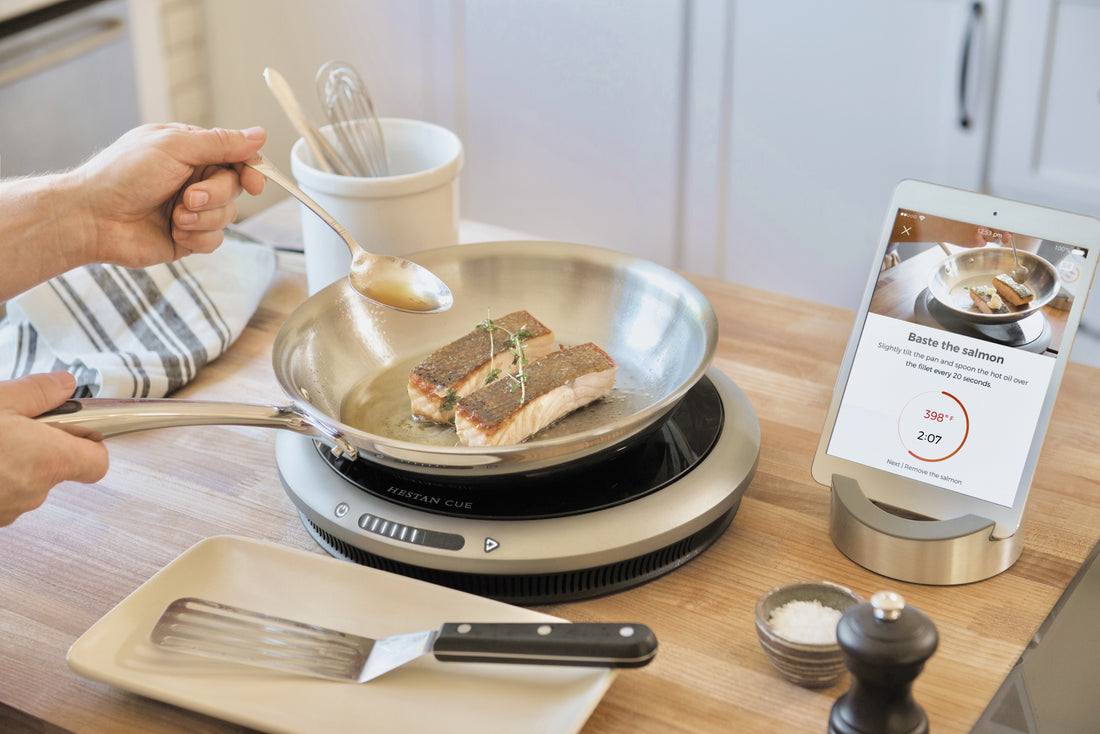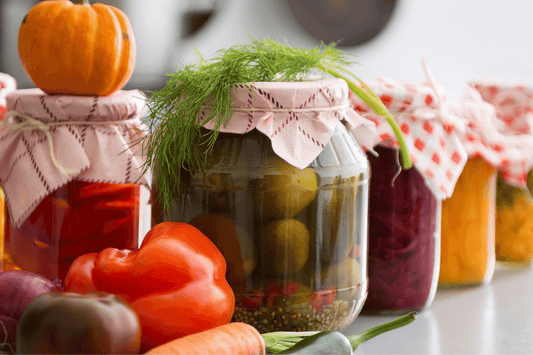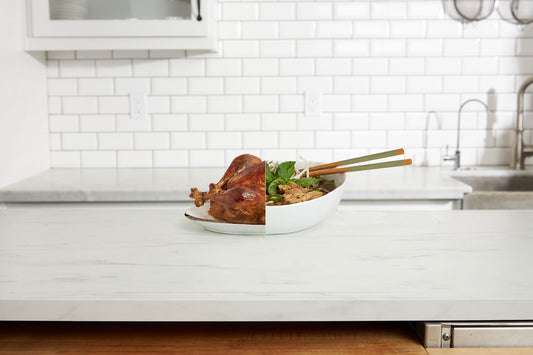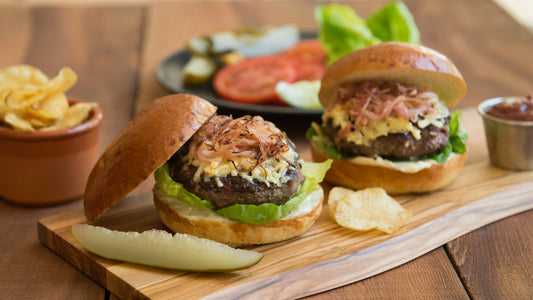When done right, this simple culinary technique ensures even cooking, offers extra rich flavor, and shortens the cooking time of pan seared proteins. Despite what you might have heard, basting isn’t about keeping meat moist – it’s all about even cooking, which can mark the difference between a restaurant quality steak or a disappointing one.
Cooking on a stovetop or burner means that whatever’s in the pan, be it protein or produce, is only being cooked on one side at a time. Basting allows you to cook from all sides in less time through the magical heat conductive capabilities of fat, resulting in a tender yet perfectly browned filet or steak. Basting helps impart flavor to whatever you’re cooking because certain flavor molecules (especially in aromatic ingredients like garlic, thyme or rosemary) are not entirely water soluble. Fat easily absorbs these aromas, and basting transfers them to all sides of a given protein ensuring even flavor and heat distribution.
Don’t be daunted by the amount of fat in the pan: unlike frying, basting merely infuses food with the flavors of the aromatized butter or oil, and most of the fat stays in the pan when you're done. What’s more, most of the time we recommend transferring your finished protein to a paper towel lined plate to absorb any excess.
You can baste with any fat, but the key is to match the fat to the protein and, most importantly, to add it at the right time. (Though in some cases, as with our Crispy Skin Duck, the fat is rendered so that you can baste the meat in its own fat). Because butter has a low smoke point, you want to start by cooking your protein in oil, then, if using, add a pat of butter to finish. Almost all of Hestan Cue’s protein recipes baste with oil (but you can substitute butter if you prefer), so you don’t have to worry about burning the butter, but there are a few tricks to proper basting no matter what fat you use:
- Find a good spoon – Forget the turkey baster. Find the right size spoon - ideally larger than a soup spoon but smaller than a serving spoon. If you’re willing to dedicate this spoon to basting, bend it where the handle meets the base so you can easily scoop up the hot oil in the pan without burning your fingers.
- Add aromatics – For most all our proteins, we add garlic and thyme to the hot oil before basting to subtly infuse these aromatics into our fish or meat but after you get the hang of basting you can adjust these aromatics to taste, substituting rosemary, bay leaf or whatever suits your palate.
- Tilt the pan – Tilt the pan, making sure to keep the edge of the pan closest to you in contact with the burner. You may feel the electromagnetic current buzzing through the pan, but fear not. If you follow our suggestions for basting frequency in the recipe, this won’t affect the end results.
- Baste the protein – Spoon the hot oil over the protein ensuring that you cover the entire surface. Try to focus on basting the thickest part and sides of the protein as these will take more time to cook through.
Ultimately, learning to baste will help you hone your culinary skills so you can cook juicy, well seared steak or salmon every time. Plus, after you’ve mastered this essential technique, you can toy with basting to find the exact doneness that’s right for you. In the meantime, our custom algorithm is here to help!
Get more super-simple and convenient recipes and techniques in the Hestan Cue app, available on iOS and Android.




